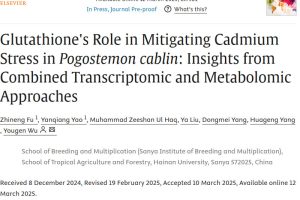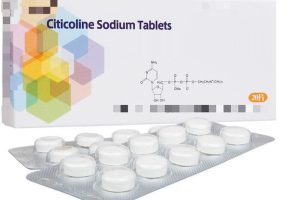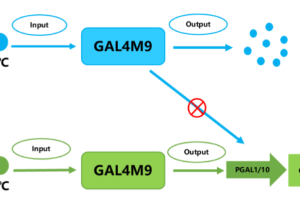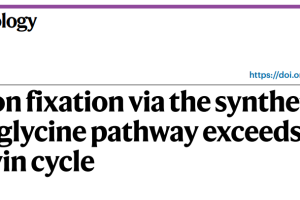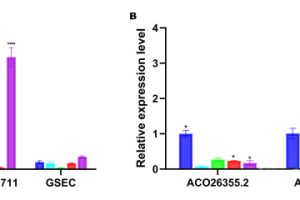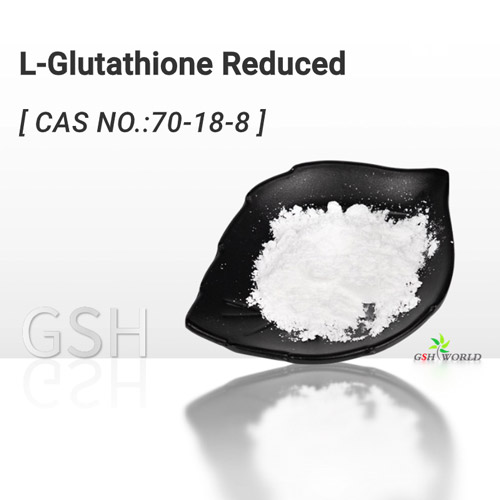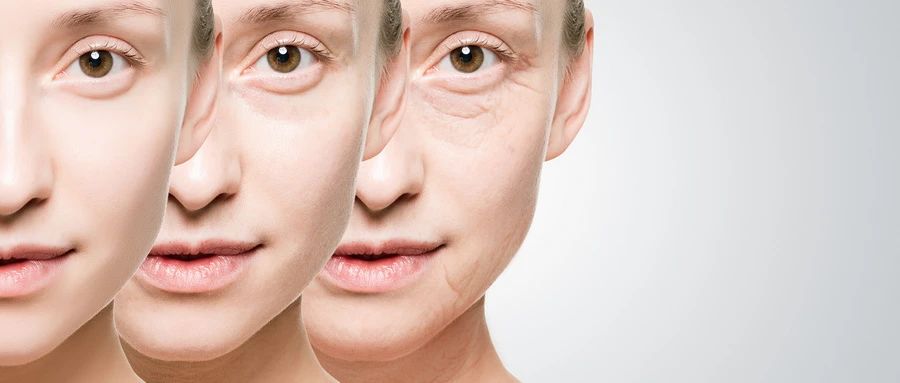What is glutathione?
- English Name: Glutathione
- Chinese name: 谷胱甘肽
- Basic composition: cysteine, glycine, glutamic acid
- CAS number: 70-18-8
- Molecular weight: 307.33
- Molecular formula: C10H17N3O6S


glutathione (r-glutamyl cysteingl +glycine (GSH)) is a tripeptide containing gamma-amide bonds and thiol groups, composed of glutamic acid, cysteine, and glycine, which is present in almost every cell of the body.
Glutathione helps maintain normal immune system function and has antioxidant, integrative and detoxifying effects.
The sulfhydryl group on cysteine is its active group (often abbreviated as G-SH), which is easy to combine with some drugs, toxins, etc., so that it has an integrated detoxification effect.
Glutathione can not only be used as medicine, but also as the base material of functional food, which is widely used in functional food such as delaying aging, enhancing immunity and anti-tumor.
Glutathione can be reduced (G-SH) and oxidized (G-S-S-G) in two forms, and the reduced glutathione is the majority under physiological conditions.
Glutathione reductase can catalyze tautosis between the two types, and the coenzyme of this enzyme can also provide NADPH for pentose phosphate bypass metabolism.
Classification and birth of glutathione
Glutathione is divided into reduced glutathione (GSH) and oxidized glutathione (GSSG), which can be converted into each other. GSH is widely used in production and life.
GSH is synthesized by glutamate-cysteine ligase (GCL) and glutathione synthase (GSS), GCL is the cause of the special peptide bond of GSH, which first connects the gamma-carboxylic group of glutamate to the amino group of cysteine, forming the precursor of GSH – gamma-glutamylcysteine.
The GSS then attaches glycine to it. Thus, GSH was born.
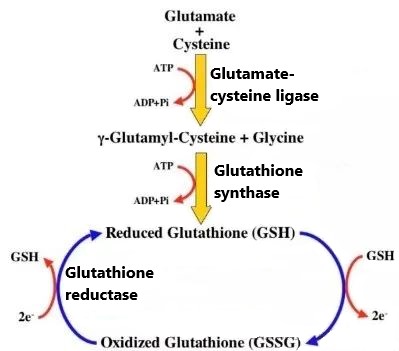
The function of glutathione
01 Antioxidant function
Glutathione (GSH) as an antioxidant, antioxidant function is one of the main roles, can help the body to remove free radicals and peroxides, maintain a relatively stable state of the organism.
GSH can directly bind to and remove free radicals through sulfhydryl groups, and can also indirectly remove free radicals by increasing the activity of two antioxidant enzymes, GSH-PX and GST, thereby improving the antioxidant function of the body.
In a study of 176 healthy individuals, the study observed that:
With age, levels of GSH decline. Older adults with higher levels of GSH had fewer diseases, lower cholesterol levels, lower body mass index and lower blood pressure, and about one-third of those with chronic diseases had GSH levels below the lower limit of normal.
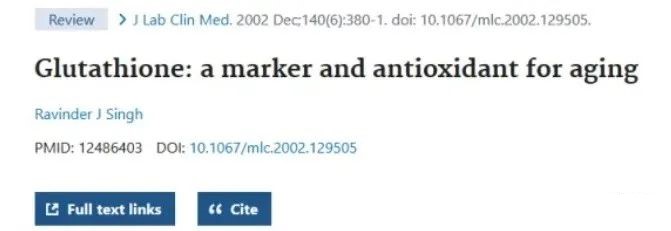
In another 24-week trial, the study involved older adults aged 71-80 years.
During the trial, the participants’ cellular GSH levels increased, their oxidative stress levels decreased, and cognitive function, language ability, physical strength, and insulin resistance all showed significant improvements.

In 2017, in a double-blind control clinical trial, participants were divided into two groups: one group supplemented with 250mg of reduced glutathione (GSH) per day, and the other group supplemented with the same dose of oxidized glutathione (GSSG).
Compared to the control group, all subjects showed improvement in the reduction of dark spots caused by UV exposure.
In addition, some subjects supplemented with GSH observed reduced skin wrinkles and increased skin elasticity.
This suggests that glutathione supplementation has the potential to improve the skin and that it can have a positive effect whether it is reduced or oxidized.
02 Growth promotion function
GSH is a natural tripeptide involved in the cellular gamma-glutamyl cycle and plays an important role in the transport of amino acids and other nutrients.
GSH can improve the absorption and utilization of amino acids, promote protein synthesis and improve its growth performance by directly participating in the transport of amino acids in cells.
It can also promote the growth potential by improving the overall antioxidant capacity and health status of the body, and indirectly realize the role of promoting growth.
03 Detoxification function
GSH can reduce the toxicity of toxic substances and remove toxic substances from the body.
Similar to the way of anti-oxidation of GSH, it can also directly reduce the damage of toxic substances to the body in two ways to achieve detoxification.
First, it can be discharged from the body by directly combining with toxic substances;
Second, by improving the activity of GSH-Px and GST enzymes, the removal of toxic substances can be achieved indirectly, and the influence of toxic substances on the body can be weakened or removed eventually.
Preparation method of glutathione
Enzyme synthesis: Using L-cysteine, L-glutamic acid and glycine as raw materials, plus glutathione synthase in vivo, and adding a lot of ATP or ADP to synthesize GSH. The reaction speed is fast, the sensitivity is high, the process is clear, but the consumption cost is high.
Fermentation method: Using sugars as raw materials, glutathione is transformed by microbial metabolism in the body. The reaction conditions are mild, the speed is fast and the cost is low.
Solvent extraction method: GSH was obtained from wheat germ and yeast by separation and purification. The process is simple but backward, the production scale small production capacity is low, the cost is low.
Chemical synthesis: Using cysteine, glutamic acid and glycine as raw materials to synthesize glutathione, the reaction steps are many, time-consuming, complex and costly.
The oxidation of free radicals in the skin can lead to the formation and stabilization of melanin, making the skin dull and dull.
The antioxidant effects of GSH help prevent and mitigate this oxidation reaction, thereby keeping the skin light and white.
Therefore, in some whitening products or supplements, GSH is often used in combination with other whitening ingredients to improve the whitening effect.


